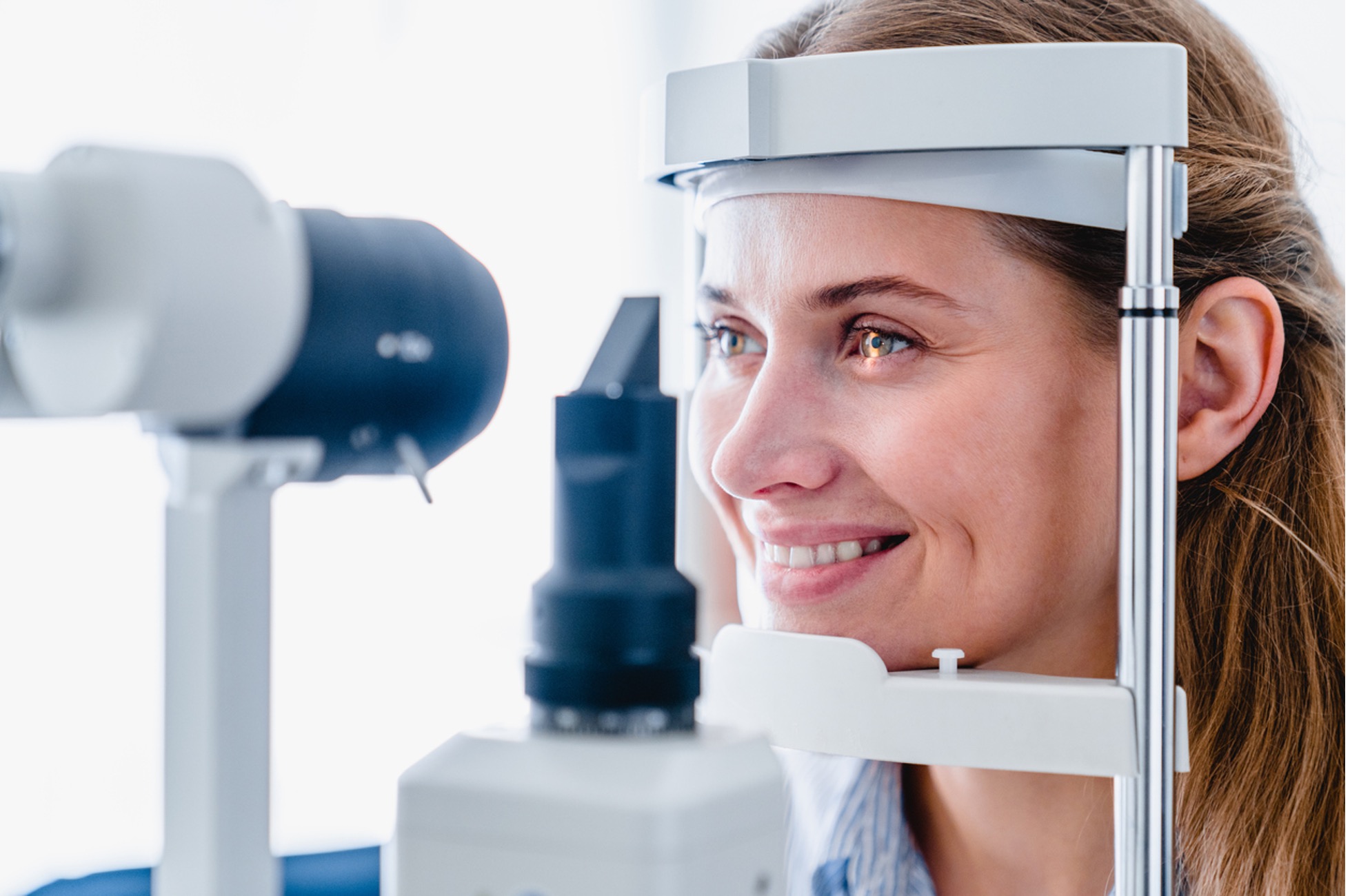Find the most effective Glaucoma Service Near Me: Expert Eye Care Solutions
Wiki Article
The Function of Advanced Diagnostic Equipment in Identifying Eye Disorders
In the world of ophthalmology, the application of sophisticated diagnostic devices has actually transformed the early recognition and monitoring of numerous eye problems. From discovering refined adjustments in the optic nerve to keeping track of the progression of retinal illness, these modern technologies play a crucial duty in enhancing the precision and performance of detecting eye problems. As the need for specific and prompt medical diagnoses remains to expand, the assimilation of advanced tools like optical coherence tomography and visual field testing has actually come to be essential in the realm of eye care. The intricate interplay between technology and ophthalmic techniques not just clarifies complex pathologies however also opens doors to customized therapy strategies.Significance of Very Early Diagnosis
Early diagnosis plays a critical function in the efficient monitoring and therapy of eye disorders. By finding eye problems at a very early phase, health care carriers can supply proper treatment plans tailored to the particular condition, eventually leading to much better outcomes for patients.
Innovation for Discovering Glaucoma
Innovative diagnostic technologies play an essential function in the very early detection and monitoring of glaucoma, a leading root cause of permanent blindness worldwide. One such modern technology is optical comprehensibility tomography (OCT), which offers detailed cross-sectional photos of the retina, permitting the dimension of retinal nerve fiber layer thickness. This dimension is vital in evaluating damages triggered by glaucoma. Another innovative tool is aesthetic field testing, which maps the level of sensitivity of a client's aesthetic field, aiding to discover any locations of vision loss characteristic of glaucoma. In addition, tonometry is used to gauge intraocular stress, a major threat element for glaucoma. This examination is crucial as elevated intraocular stress can result in optic nerve damages. More recent modern technologies like the use of fabricated intelligence algorithms in examining imaging information are showing appealing outcomes in the very early detection of glaucoma. These advanced diagnostic devices enable eye doctors to detect glaucoma in its beginning, allowing for timely intervention and much better monitoring of the condition to stop vision loss.Duty of Optical Coherence Tomography

OCT's capability to quantify retinal nerve fiber layer density permits precise and unbiased measurements, aiding in the very early discovery of glaucoma even prior to visual area problems emerge. Additionally, OCT modern technology permits longitudinal surveillance of architectural modifications over time, promoting customized therapy plans and prompt interventions to assist maintain clients' vision. The non-invasive nature of OCT imaging additionally makes it a preferred selection for keeping track of glaucoma progression, as it can be repeated consistently without causing discomfort to the person. Overall, OCT plays a vital duty in enhancing the diagnostic accuracy and monitoring of glaucoma, eventually adding to far better outcomes for individuals in jeopardy of vision loss.
Enhancing Diagnosis With Visual Field Testing
An important element in extensive sensory analyses, aesthetic area screening plays an essential function in enhancing the diagnostic procedure for numerous eye conditions. By examining the full extent of a patient's visual field, this examination gives vital info regarding the functional honesty of the whole visual path, from the retina to the aesthetic cortex.Visual area screening is specifically important in the diagnosis and monitoring of conditions such as glaucoma, optic nerve disorders, and numerous neurological illness that can affect vision. Via quantitative dimensions of outer and central vision, medical professionals can identify subtle changes that might indicate the visibility or progression of these problems, even prior to obvious symptoms happen.
Additionally, visual area testing permits the monitoring of therapy efficiency, assisting eye doctors tailor restorative treatments to private people. eyecare near me. By tracking modifications in visual area efficiency in time, medical care companies can make enlightened decisions regarding readjusting medications, suggesting medical interventions, or executing various other suitable actions to preserve or enhance an individual's aesthetic function
Handling Macular Deterioration

Final Thought
Finally, progressed diagnostic devices play a vital role in recognizing eye conditions beforehand. Technologies such as Optical Coherence Tomography and aesthetic field screening have considerably improved the precision pop over to these guys and performance of identifying problems like glaucoma and macular degeneration. Early discovery enables timely treatment and management of these conditions, inevitably resulting in much better end results for people. It is necessary for healthcare experts to remain upgraded on these developments to supply the most effective possible care for their people. eyecare near me.Report this wiki page